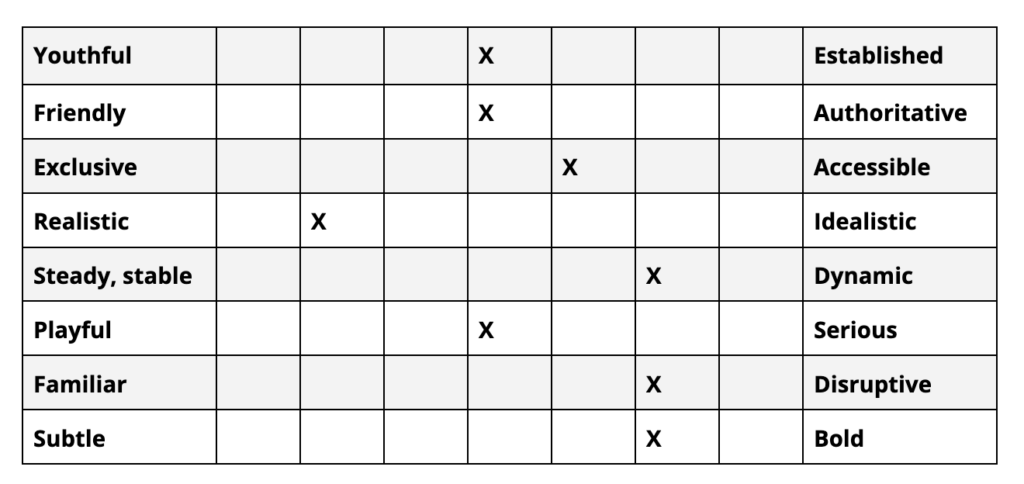Using Sound in UX and Web Design

In the visual world of UX design, it is easy to overlook the use of sound and the possibilities it offers. Effective application of sound can add to a positive experience for users in a number of ways; including strengthening a website’s branding and memorability, as well as developing an immersive experience that offers feedback in an alternative way. This article explores the historical use of sound in website design and compares it to what makes it effective in UX today.
The world of web design and technology is constant and ever-expanding; inquisition is an important trait to all designers, especially juniors. Since starting my career in UX/UI I have been eager to learn more about everything there is to know, and sound is no exception. As one of only two (possibly three) senses currently available to users who engage with web-based content, sound should not be overlooked by any designer.
The Psychology of Sound and its Implications
Firstly, with preliminary research we can understand what sound in UX is and what it can offer. Looking into the psychology of sound, we learn that it elicits psychological and emotional responses (1). Designers can use this to their advantage when creating a website. Certain sounds may cause the user to feel calm, potentially in cohesion with the company’s branding.
For example, Jazak (2) uses familiar sounds of nature that mirrors the company’s eco based messaging and makes the user feel relaxed throughout their journey. Some users may find this irritating, so they added the option to mute. Others may find it a memorable experience that is truly unique from the heavily saturated web-based world. Beauty is in the eye of the beholder, eh?
Another site that effectively utilises sound is Motion Sickness. When users enter the site they are presented with the option to explore with an adjustable melodic soundboard. The interactive soundboard strategically gamifies the site in a way that engages the user by creating an atmospheric experience. Suffice to say the site is extraordinarily memorable.
However, it must be said that this would not work with all types of sites – this choice depends on the brand. Motion Sickness is a creative studio that wants to stand out from their competitors. Adding a feature like this to a banking site would not work so well. There are a variety of ways brands can assess their identity, Below you can see a seven point scale that aims to help dissect the brand and highlight the key features it wants to present. These traits can be reflected visually, as well as acoustically. A brand that is closely associated with playfulness and youthfulness will most likely be better suited to fun animation and a playful sound board (like Motion Sickness) compared to a site that is more serious and established.

Using Sound to Keep the User Informed
Sound can and has been commonly used to provide feedback and notify users of their actions. Think about the last time you received a notification from Facebook or X. The chances are you received it alongside their respective trademark sound. According to Nielsen (4) users should be kept informed throughout their journey, which in turn adds to the overall site’s usability.
As well as positive successful feedback, sound can also inform the user of errors. Another common feature used by many sites is a chatbot. The popping up of the AI generated assistance tool is often accompanied by a corresponding sound that alerts and informs users of its introduction.
Although it can certainly be argued that using sound is beneficial to users by notifying them, it must be noted that some may find it intrusive, irritating and distracting. The alerts should aim to find a balance between being subtle enough to be non-intrusive but simultaneously stand out enough to capture someone’s attention.
Different Types of Sound and Their Uses
There are two general categories that sound can be defined as. There are skeuomorphic sounds and abstract sounds. Skeumomorphism refers to when something is related to its real world function. An example of this would be the software installed sound when users type on a mobile phone keyboard. It tries to implement a feeling that the real world equivalent is being used.
Alternatively, there are abstract sounds. They are typically used to invoke emotion. In terms of when to use each sound type, it largely depends on the context, but know that abstract sounds are generally used more commonly than skeuomorphic ones.
Why Aren’t All Sites Using Sound?
As we’ve discussed so far, sound can be beneficial to many sites. This prompts the question “why are all sites not using sound?”. As previously touched on, websites and brands are individual so what may work on one site will not necessarily work on another. Some see using sound as an outdated, unprofessional and even ‘has-been’ feature of websites from the early 2000s. When it comes to sound and UX, context is everything. Making sure the use is appropriate is crucial to successful implementation.
Another drawback of sound in website design is that it can slow down a site by causing longer loading speeds. With research (5) showing that 1 in 4 users will abandon a site after a load time of 4 or more seconds, it highlights just how important speed is. A mere 1 second delay can reduce customer satisfaction by up to 16%. Lower satisfaction rates cause low conversions equating to less potential leads and revenue for a company.
Companies are relying more and more on websites as a source of revenue (6) so implementing something that may inadvertently hinder performance should be avoided. If sound is to be used, it is good practice to refrain from downloading it at the same time as HTML and images. By allowing the audio to load in the background after the page has finished loading, overall performance can be improved. Web Audio API files should also be used whenever possible.
In Conclusion
Many designers often overlook sound, despite it being one of the only senses that can be engaged with via the web. When considering whether to include sound, the context of the site and target audience must be considered. Some sites will suit using sounds more than others and some sounds will suit particular sites more than others.
It can help businesses create a memorable brand/site and helps provide users with another method of feedback when used correctly. But there are also negative aspects that should be thoroughly considered. This includes the site coming across as potentially outdated and unprofessional, causing unnecessarily intrusive disturbances and can cause sites to be slower overall. If you choose to use sound in your designs, you should be cautious and think critically if it is relevant and adds to the site, rather than taking away from it.
If you need advice or consultation on your website and UX, get in touch! Our team of design specialists and developers would love to know more about your challenges, objectives and vision.
1https://onlinelibrary.wiley.com/doi/10.1002/9781118895696.ch5
3 https://motionsickness.co.nz/
4 https://www.nngroup.com/articles/ten-usability-heuristics/
6 https://www.forbes.com/advisor/business/software/website-statistics/
Let’s Talk
Do you have a web design and build project coming up that you would like to talk about?

93digital launch ‘headless’ WordPress website for Clarity

How to brief a website agency for maximum results
Let's Talk
Do you have a web design and build project coming up that you would like to talk about?